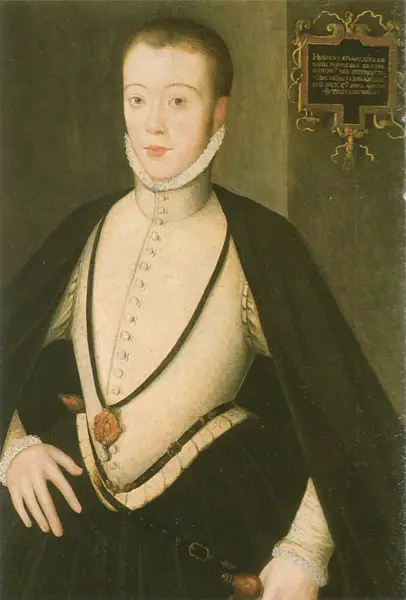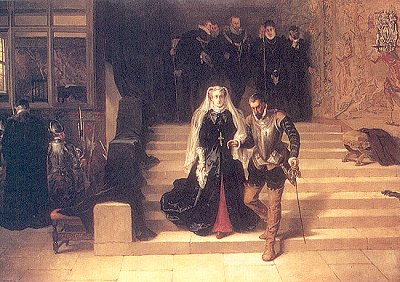On this day in Tudor history, 9th February 1542, Jane Boleyn, Lady Rochford, was rowed to the Tower of London in preparation for her forthcoming execution. In today's video, I explain why she wasn't already at the Tower and where she'd been between her arrest in November 1541 and this day in 1542.
More resources on Catherine Howard's fall and Jane Boleyn:
- Catherine Howard and the Interrogations of 1541 - Claire's expert talk.
- Jane Boleyn, Lady Rochford - A Claire Chats video.
Also on this day in history:
- 1554 – Original date set for the execution of Lady Jane Grey and Lord Guildford Dudley. Extra time was given for Dr John Feckenham, Mary I's Chaplain and Confessor, to try and save Jane's soul by persuading her to recant her Protestant faith and return to the Catholic fold. See Claire's talk Lady Jane Grey's Final Days for more on this.
- 1555 – John Hooper, Bishop of Gloucester and Worcester, was burned at the stake in Gloucester and Rowland Taylor, Rector of Hadleigh in Suffolk, Canon of Rochester Cathedral, Archdeacon of Bury St Edmunds, Archdeacon of Cornwall and former chaplain to Thomas Cranmer, was burned on Aldham Common, near Hadleigh. See 9 February 1555 – The burnings of Bishop John Hooper and Archdeacon Rowland Taylor for more details.
- 1604 – Death of Anne Dudley (née Russell), former maid-of-honour to Elizabeth I, Countess of Warwick and third wife of Ambrose Dudley, Earl of Warwick. She died at North Hall in Northaw, Hertfordshire, the property left to her by her husband on his death in 1590. Anne served Elizabeth I as an extraordinary Gentlewoman of the Privy Chamber until Elizabeth's death. Anne chose to be buried with her family, the Russells, at Chenies in Buckinghamshire, rather than with her husband at Warwick.



Thanks Claire! I’m fascinated by Jane Rochford and will follow the links you left. I appreciate it! Michelle t